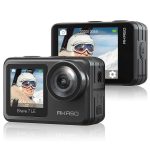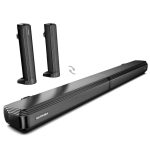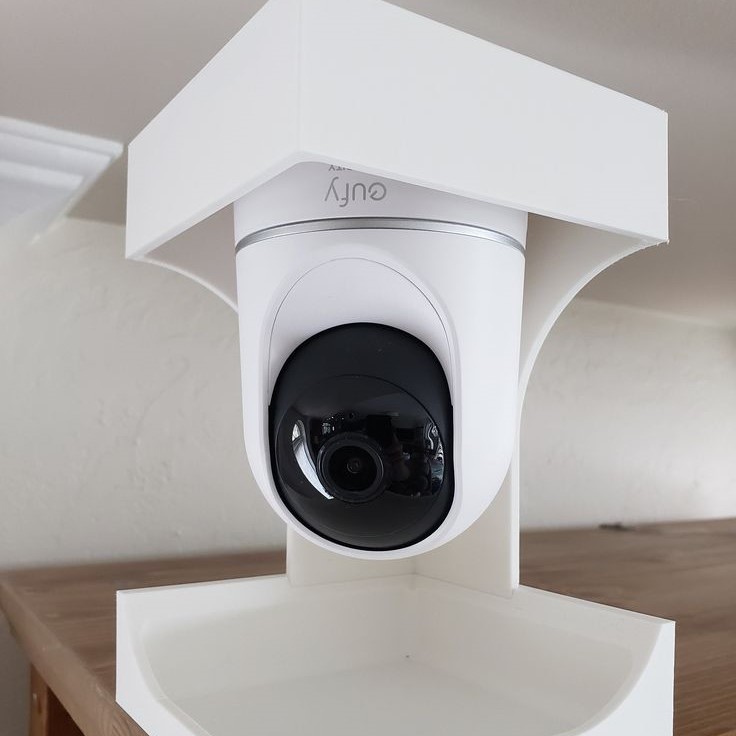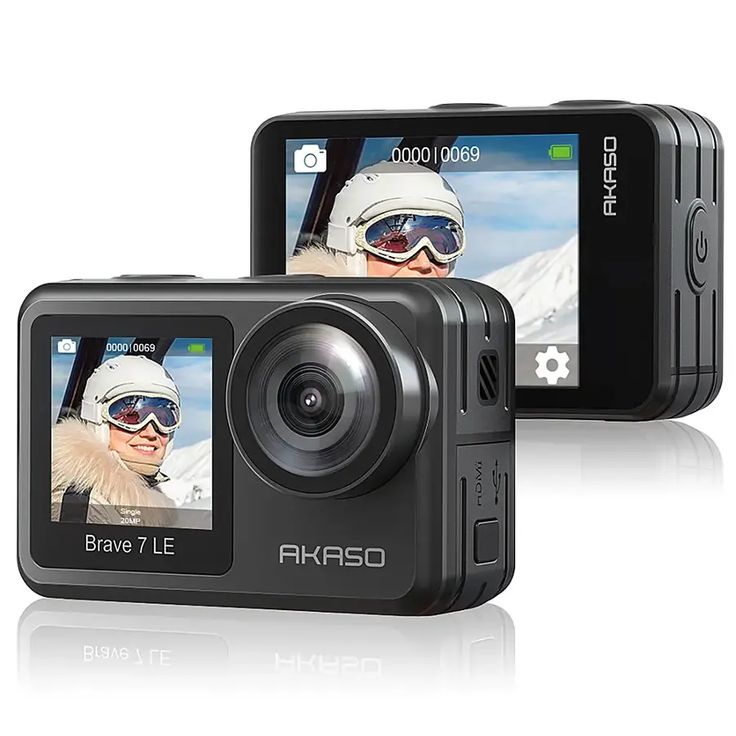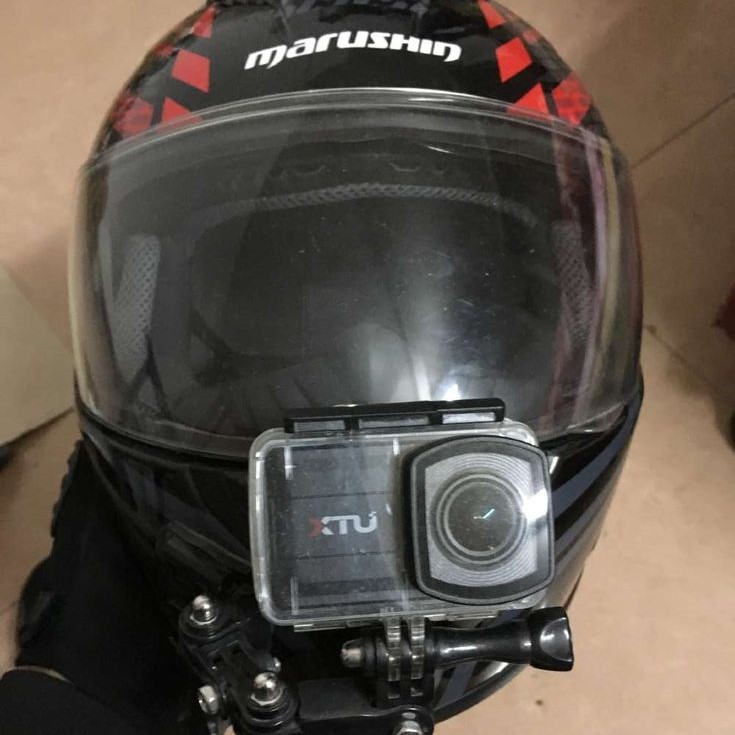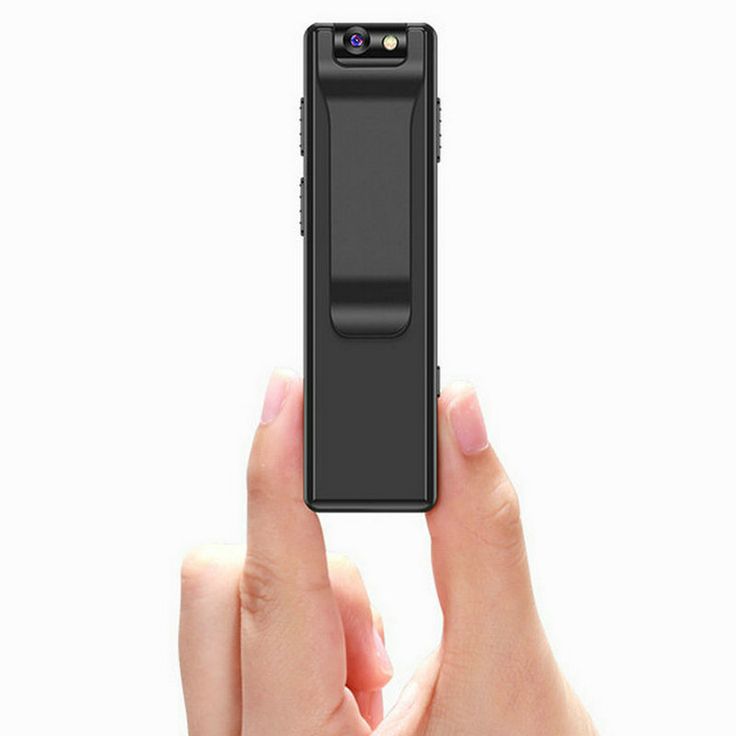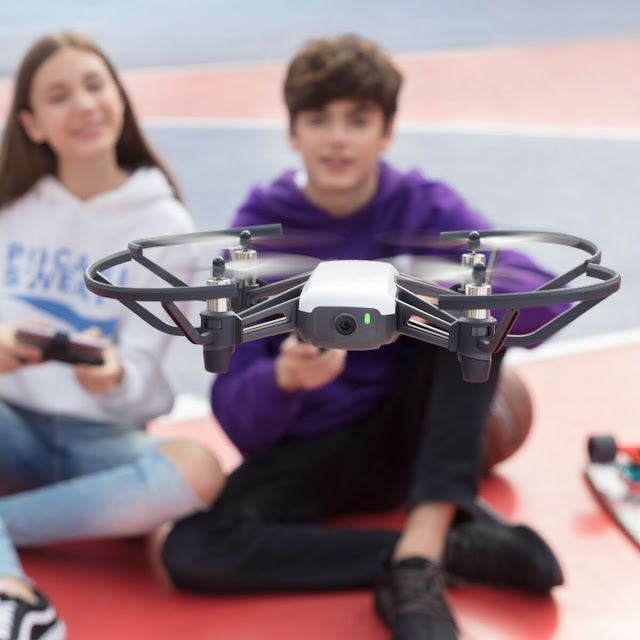Introduction
In today’s fast-paced world, ensuring the safety of our homes has never been more critical. The evolution of technology has brought about a revolutionary solution: indoor security camera. These unassuming devices have transformed from simple recording tools into intelligent systems capable of monitoring activity, detecting threats, and providing real-time updates. Whether you’re safeguarding against intruders or keeping an eye on pets and children during work hours, an indoor security camera can be your best defense.

As we step into 2025, advancements in artificial intelligence (AI), cloud storage, and wireless connectivity have elevated these cameras to new heights. Modern indoor security cameras now offer features such as facial recognition, customizable motion zones, and seamless integration with smart home ecosystems. This article will explore why investing in one of these devices is essential, outline key features to look for, and provide practical tips for maximizing their effectiveness. Let’s delve deeper into understanding how these innovative solutions are shaping the future of home protection.
The Evolution of Home Surveillance Systems
The journey of home surveillance began decades ago with bulky, wired setups that required professional installation and maintenance. Fast forward to the present day, and we find ourselves surrounded by sleek, user-friendly indoor security cameras that anyone can set up in minutes. This transformation hasn’t just made surveillance accessible—it has also democratized it, bringing cutting-edge technology within reach of everyday consumers.
One significant advancement lies in the shift from wired to wireless systems. Wireless indoor cameras eliminate the need for complex wiring, allowing users to place them almost anywhere in their homes. Combined with long-lasting batteries and rechargeable options, these devices offer unparalleled flexibility. Moreover, advancements in AI-powered analytics enable cameras to distinguish between harmless movements—such as a pet walking across the room—and genuine security risks, such as an unfamiliar person entering your house.
Another game-changing feature is two-way audio communication, which allows users to interact directly with individuals captured by the camera feed. For instance, if someone rings your doorbell while you’re away, you can speak to them remotely through the app linked to your camera. Transitioning from historical context to current capabilities, let us examine some must-have features when selecting an indoor security camera.

Key Features
When shopping for an indoor security camera, it’s crucial to prioritize features that align with your specific needs. Below are six critical attributes to consider:
- Motion Detection: Advanced motion sensors trigger recordings only when movement occurs, conserving storage space and reducing unnecessary footage. Some models allow customizable sensitivity settings so you can fine-tune detections based on environment. Additionally, many cameras offer “smart” motion detection, distinguishing between humans, animals, and other objects to minimize false alarms.
- Night Vision: Ensuring visibility in low-light conditions is paramount for effective monitoring. Cameras equipped with infrared LEDs illuminate dark areas without disturbing occupants, making it easier to identify nighttime activities. High-quality night vision cameras often boast ranges exceeding 30 feet, providing clear images even in pitch-black environments.
- Cloud Storage vs Local Storage: Deciding whether to store video clips in the cloud or locally via SD cards depends on personal preference and budget constraints. Cloud options often come with subscription fees but offer unlimited access from anywhere, whereas local storage provides greater privacy at lower costs. Many modern cameras support both methods, giving users the flexibility to choose what works best for them.
- Smartphone Integration: Seamless compatibility with iOS and Android apps ensures effortless control over your camera from afar. Notifications, live streaming, and playback options make managing your security system convenient and intuitive. Push notifications alert you instantly when something unusual happens, enabling swift action.
- Two-Way Audio Communication: Being able to communicate verbally enhances interaction possibilities beyond mere observation. Whether you’re warning off trespassers or reassuring loved ones, this feature adds a layer of interactivity that traditional cameras lack.
- Facial Recognition: Some advanced models incorporate facial recognition technology, identifying familiar faces and flagging strangers. While still evolving, this capability holds immense potential for enhancing security and personalizing experiences.
Understanding Night Vision Technology
Night vision technology plays a pivotal role in enhancing the effectiveness of indoor security cameras, particularly in low-light conditions. Traditional cameras struggle under dim lighting, producing grainy images or failing entirely to capture details. In contrast, modern night vision cameras employ either passive infrared (PIR) sensors or active illumination techniques involving near-infrared light sources invisible to human eyes.
Passive systems detect heat signatures emitted by living beings, rendering thermal imaging possible even in pitch darkness. Active illuminators, meanwhile, project infrared beams onto targeted surfaces, reflecting sufficient light back toward lenses for clear visibility. Both methods boast distinct advantages depending on usage scenarios. For example, PIR-based solutions excel indoors where temperature fluctuations might indicate unauthorized entry attempts, while active illumination proves ideal for larger spaces requiring broader coverage areas.
Additionally, many manufacturers incorporate auto-switch modes enabling seamless transitions between daylight operation and enhanced nighttime performance without manual intervention. Such innovations underscore the importance of choosing cameras boasting robust night vision specifications whenever feasible. Furthermore, advancements in resolution and clarity ensure that nighttime footage remains sharp and detailed, allowing users to identify intruders accurately.
Importance of Motion Detection and Alerts
Another cornerstone feature found in high-quality indoor security cameras revolves around motion detection algorithms paired with instant alert notifications. These mechanisms function collaboratively to notify homeowners immediately upon detecting unusual activity within monitored zones. Instead of sifting through hours of recorded material searching for pertinent incidents, users receive timely updates pinpointing exact moments warranting attention.
Modern motion detection software incorporates machine learning principles to learn behavioral patterns over time, improving accuracy rates progressively. For example, after several weeks of operation, the system may recognize common occurrences such as family members returning home each evening and suppress corresponding alerts unless accompanied by additional anomalies. Furthermore, adjustable detection zones empower users to designate particular regions of interest within the camera’s field of view, minimizing distractions caused by irrelevant motions elsewhere.
Pairing these capabilities with mobile applications enables real-time engagement directly from handheld devices regardless of physical proximity. Push notifications coupled with visual previews streamline decision-making processes regarding appropriate responses, whether contacting authorities or investigating further personally. Additionally, many cameras offer “smart” alerts, sending notifications only when specific criteria are met—such as detecting a human figure rather than a passing shadow.
Balancing Privacy Concerns with Security Needs
While indoor security cameras undoubtedly bolster household defenses, they also raise legitimate questions concerning user privacy. Sharing intimate spaces digitally necessitates vigilance to prevent misuse or unauthorized access. Fortunately, reputable brands prioritize data encryption protocols alongside secure authentication procedures to mitigate potential vulnerabilities.
For starters, end-to-end encryption safeguards transmitted information against interception attempts throughout its journey between camera units and receiving endpoints. Similarly, password-protected accounts paired with multi-factor authentication add extra layers of protection discouraging unauthorized logins. Additionally, opting for local storage solutions instead of relying solely on cloud services offers enhanced control over sensitive content retention practices.
Consumers should remain cognizant of manufacturer policies governing data handling practices prior to purchase decisions. Transparent communications detailing collection scope, retention periods, and sharing arrangements foster trustworthiness perceptions crucial for long-term satisfaction levels associated with chosen products. Moreover, regular firmware updates ensure that cameras stay protected against emerging cybersecurity threats.
Tips for Maximizing Your Indoor Security Camera Investment
Once installed, there exist numerous strategies available to optimize returns derived from your indoor security camera investment. Implementing the following suggestions ensures maximum utility gained from acquired equipment:
- Position Strategically: Place cameras strategically covering primary ingress points and valuable asset locations to maximize coverage efficiency. Avoid obstructed views caused by furniture placements or decorative items potentially hindering optimal functioning. Consider overlapping fields of view to eliminate blind spots.
- Regular Maintenance Checks: Periodically inspect hardware components verifying proper alignment, cleanliness, and firmware updates availability. Address any identified issues promptly preventing degraded performances impacting intended purposes. Clean lenses regularly to maintain image quality and check battery levels for wireless models.
- Leverage Additional Accessories: Consider acquiring supplementary accessories enhancing base functionalities, such as external microphones amplifying sound quality or extended-range Wi-Fi extenders boosting signal strengths. Mounting brackets and weatherproof cases extend usability for outdoor use cases.
- Stay Updated: Subscribe to newsletters or follow official social media channels staying informed about emerging trends, new releases, or special promotions extending product lifecycles cost-effectively. Participate in community forums to exchange tips and tricks with fellow users.
Adopting these proactive measures guarantees prolonged service durations accompanied by consistent reliability expectations met consistently over extended durations.
Conclusion
Equipping your residence with an indoor security camera represents one of the most impactful steps towards securing future well-being amidst evolving challenges presented by advancing technologies. By leveraging state-of-the-art features ranging from motion detection to night vision capabilities, these devices transform ordinary living environments into fortresses brimming with cutting-edge defenses. Remember, selecting the right model involves careful consideration of individual circumstances balanced against desired outcomes achievable through selected configurations.

